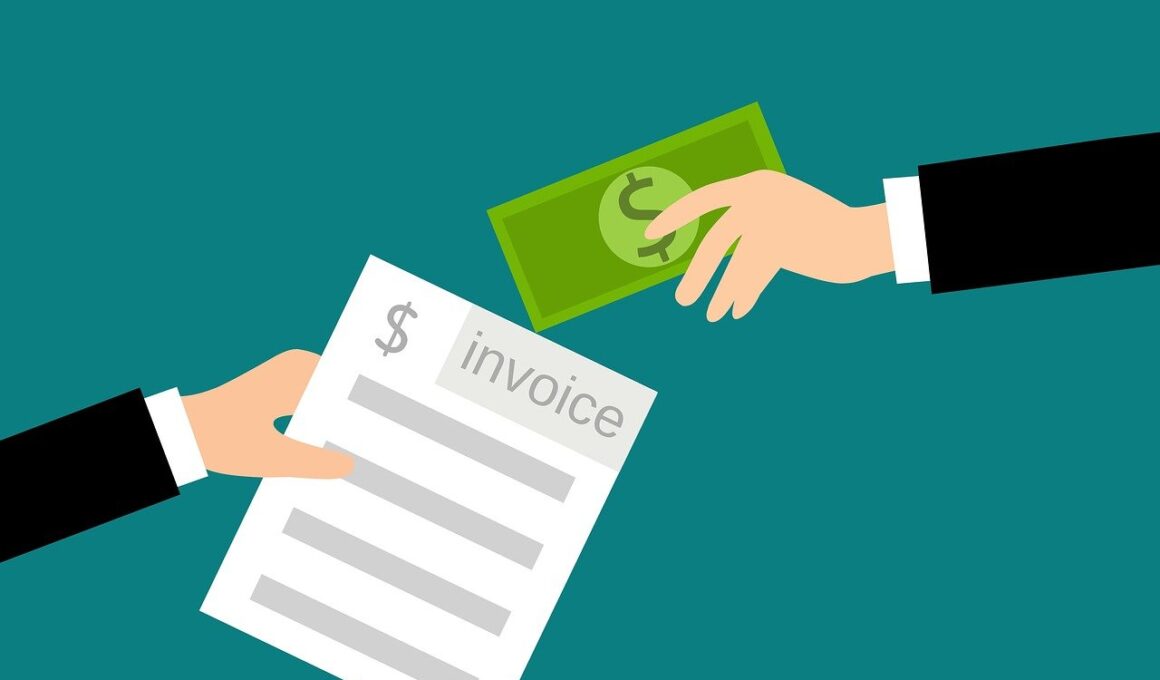How to Use Billing Data for Strategic Decision Making
Billing data serves as a crucial foundation for strategic decision-making within businesses. It encompasses detailed records of transactions, customer interactions, and payment histories. Leveraging this data empowers organizations to streamline operations, enhance customer experiences, and optimize revenue streams. One of the primary ways to use this data effectively is through data analytics. By employing analytical tools, companies can uncover valuable insights into spending patterns, payment behaviors, and service preferences. Such insights enable tailoring marketing strategies and refining product offerings to better meet customer needs. Furthermore, analyzing billing data can assist in identifying payment trends and forecasting future revenue. This foresight helps organizations plan budget allocations more efficiently. Additionally, regular assessment of billing practices allows businesses to identify potential fraud or billing errors quickly. Effective strategies can be developed to minimize adverse impacts on revenue and customer trust. It is also vital to recognize the importance of data integration into Customer Relationship Management (CRM) systems. Integrating billing data with CRM enhances visibility and fosters collaboration across departments, ultimately leading to more informed decision-making.
Another significant benefit of utilizing billing data lies in enhancing customer relationships. Understanding how customers interact with billing information facilitates better communication strategies. For instance, analyzing when customers typically pay, or if they have a tendency to contest charges can help refine reminders or alerts. Companies can proactively address potential issues, leading to higher satisfaction levels. More specifically, crafting personalized communications that reflect individual customer histories fosters engagement and loyalty. Billing data can also highlight patterns indicating customer satisfaction or dissatisfaction. Companies can respond with tailored solutions, ensuring that customers feel valued. By making adjustments based on these patterns, organizations can reduce turnover and foster stronger relationships. Additionally, offering multiple payment options, informed by billing data trends, can further elevate customer experience. More payment flexibility increases the likelihood of timely payments. Automation of billing processes also contributes to improved efficiency and reduced errors. By minimizing manual entries, companies decrease the risk of mistakes that can frustrate customers. Ultimately, a thorough understanding of billing data not only supports operational efficiency but also transforms customer relationships, enabling organizations to adapt to changing expectations in real-time.
Analyzing Billing Data for Forecasting
A major advantage of analyzing billing data is its role in forecasting financial performance. Accurate forecasting enables businesses to anticipate challenges and identify opportunities ahead of time. This can be achieved through historical data analysis, where companies examine trends over previous periods to predict future outcomes. Understanding seasonal patterns, for example, helps firms adjust their strategies accordingly. Furthermore, rigorous analysis equips businesses with the knowledge to innovate and develop more effective pricing strategies. Many organizations utilize predictive analytics, where machine learning models process vast amounts of data to reveal correlations missed by manual analysis. This technological approach supports precise demand forecasting, thereby enhancing inventory management, service provision, and resource allocation. Importantly, forecasting based on billing data doesn’t merely help internal management; it influences external stakeholders, such as investors or suppliers. Providing transparency about projected revenue and cash flow can improve relationships with these stakeholders. This trust facilitates smoother negotiations and collaborative endeavors. Ultimately, informed forecasts bolster organizational stability, enabling proactive strategies that align with market demands. By embracing data-driven forecasting, companies can significantly elevate their decision-making processes.
In addition to forecasting, billing data offers insights into payment plans that can enhance cash flow and customer satisfaction. Analyzing this data reveals which payment options resonate with clients. For example, specific customer segments may prefer subscription models, while others might find installment payments more manageable. This understanding allows businesses to design offerings that cater to varied customer preferences effectively. By implementing flexible payment plans, companies can achieve a win-win situation. Customers maintain budgetary control while organizations enhance cash flow predictability. Running regular analysis on the effectiveness of these plans keeps businesses agile. They can adjust offerings based on changing customer behavior or economic conditions. Moreover, tracking payment plan success contributes to better customer retention rates. Addressing customer needs with suitable payment solutions strengthens loyalty. Billing data’s influence extends to marketing strategies as well. Tailoring promotions around popular payment plans can drive sales. After all, aligning offerings with customer preferences creates compelling value propositions. Additionally, effective communication of payment options ensures customers are well-informed. Smooth experiences lead to improved trust in the brand, benefiting the overall organization in the long term.
Enhancing Operational Efficiency
Billing data is instrumental in enhancing operational efficiency within organizations. Analyzing this data reveals bottlenecks that may hinder the billing process, hampering timely revenue collection and customer satisfaction. For instance, if specific products or services consistently produce disputes or late payments, organizations can take targeted actions to remedy the situation. This could involve revisiting service descriptions or improving customer education efforts. Automation in billing systems also leverages data efficiently to streamline processes further. By reducing manual tasks, businesses achieve quicker turnover and significantly minimize errors. Operational efficiency translates into savings on labor costs and enhances employee productivity. Equally important is the ability to predict and manage cash flow through billing data analysis. Understanding the timing of payment cycles enables organizations to plan for expenses appropriately. Should cash flow issues arise, businesses might benefit from line-of-credit arrangements ahead of time. Through automation of reminder notifications and optimized collections processes, cash flow becomes predictable and consistent. Ultimately, through the effective use of billing data, companies can maintain robust operational frameworks, improving their overall financial health and increasing competitiveness in the market.
Moreover, effective use of billing data fosters compliance and regulatory adherence. During audits or evaluations, having accurate billing records is invaluable. Organizations that leverage their billing data can easily provide the needed documentation to satisfy compliance requirements. This transparency creates a competitive edge, as it signifies robust internal controls and processes. The consequences of non-compliance can be severe, including fines or damage to reputation; thus, maintaining accurate billing records is non-negotiable. Additionally, analyzing billing data reveals insights into unexpected discrepancies, which can provide pivotal learnings for regulatory compliance. For example, revising internal policies based on billing mistakes might preempt future issues. Having a reliable billing system allows businesses to focus on their core objectives without the distraction of non-compliance fallouts. The correlation between billing accuracy and enhanced relationships with stakeholders is notable as well. Clients feel more confident when they observe organizations prioritizing accuracy and accountability. Leveraging this data to assess compliance strengthens business foundations while also supporting long-term growth strategies. Hence, a commitment to diligent billing practices not only secures compliance but also builds trust and respect.
The Future of Billing and Decision Making
As technology evolves, the future of billing data analysis will significantly impact strategic decision-making processes. Companies are likely to integrate advanced analytics and artificial intelligence to derive deeper insights from billing data. The possibilities extend beyond current practices, embracing real-time data processing for speedier decision-making. For instance, utilizing machine learning algorithms to detect billing anomalies ensures prompt resolution. Automation will continue to play a key role, with intelligent systems able to predict customer behavior based on past billing patterns. For businesses, this means more effective forecasting and a greater ability to adapt to shifting market demands. Companies that prioritize innovation in their billing systems can position themselves ahead of competitors, reaping greater rewards from data they already possess. Furthermore, a holistic approach that incorporates customer feedback alongside billing data will enhance products, services, and overall customer experience. Integration with other business systems enables collaborative decision-making across departments, optimizing organizational efficiency. In conclusion, the synergy of billing data and strategic decision-making positions businesses to thrive in the future. Organizations must embrace these trends to remain competitive and responsive to evolving landscapes.


